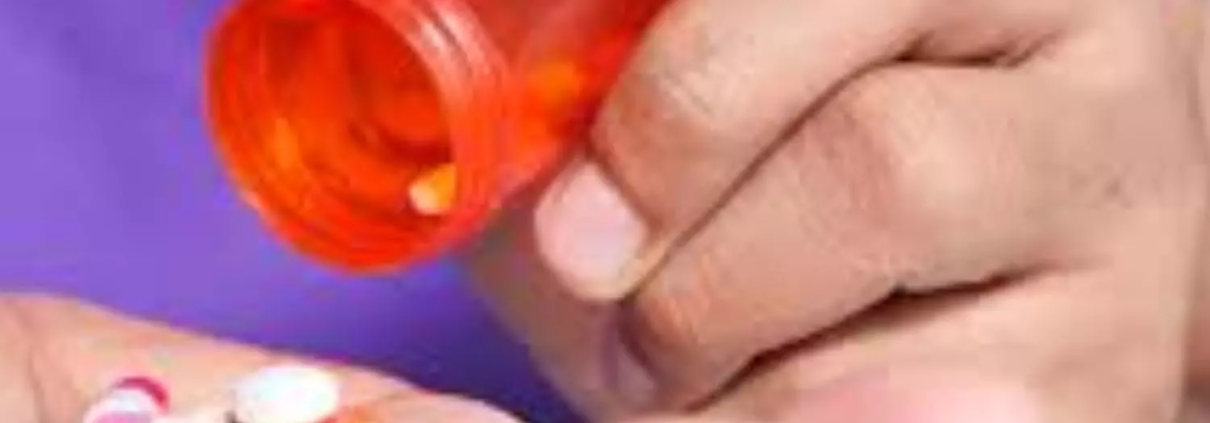Low dose clozapine effective in Indians with drug induced tardive dyskinesia and dystonia, finds study

A new study published in the Asian Journal of Psychiatry showed that people of Indian heritage require lower effective dosages of clozapine for drug induced tardive dyskinesia and tardive dystonia when compared to Western populations. Long-term usage of dopamine antagonists can cause delayed-onset movement problems known as tardive syndromes (TS). Clozapine has been recommended for the treatment of TS in earlier research, showing symptom relief in as little as 1 to 3 months. Thus, by examining the clinical records of patients at a tertiary care hospital who first reported with tardive dyskinesia, tardive dystonia, or both, this retrospective study by Sandeep Grover and his team assessed the long-term efficacy of clozapine in treating TS.
Reduction of symptoms on the Unified Dystonia Rating Scale (UDRS) and Abnormal Involuntary Movement Scale (AIMS) was the main end measure. A total of 66 participants from a larger cohort of 1050 patients who mostly suffered from schizophrenia and a lesser percentage with affective disorders were included in the current study. All of the patients were followed for TS after using antipsychotics for an extended period of time.
- When commencing clozapine, 69.7% of the subjects had dyskinesia and 74.2% had dystonia, whereas 48.5% of the patients had both tardive dyskinesia and tardive dystonia symptoms. The mean age of this group was 41.83 years, and most of the people were men.
- The patients had previously been exposed to a variety of antipsychotics, and the majority had received treatment with second-generation antipsychotics such as olanzapine and risperidone. In more than 74% of instances, these interventions were linked to the development of TS.
- Nearly 72.2% of patients saw a reduction in AIMS scores of at least 50% throughout the roughly 33-month follow-up period, with 66.6% achieving a reduction of at least 75%. Of the patients, 54.5% had complete remission of tardive dyskinesia, while 56.1% had remission of tardive dystonia.
Moreover, the greatest gains were seen in individuals with higher baseline AIMS and UDRS scores. Overall, although the results of this study indicate that the distinction between psychotic disorders and other mental illnesses is not as great as documented in studies from other regions of the world, they do support the use of greater dosages in individuals with psychotic disorders.
Reference:
Grover, S., Chaurasia, N., & Chakrabarti, S. (2024). Management of tardive dyskinesia and tardive dystonia with clozapine: A retrospective study. In Asian Journal of Psychiatry (Vol. 102, p. 104245). Elsevier BV. https://doi.org/10.1016/j.ajp.2024.104245



